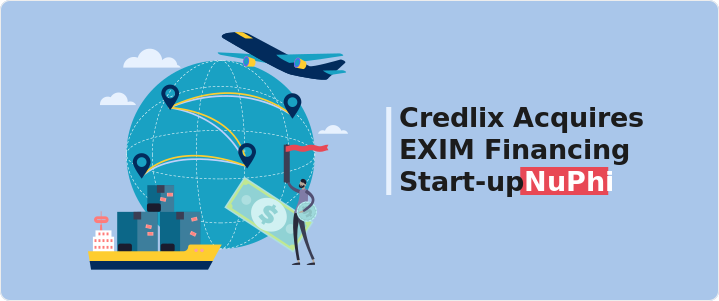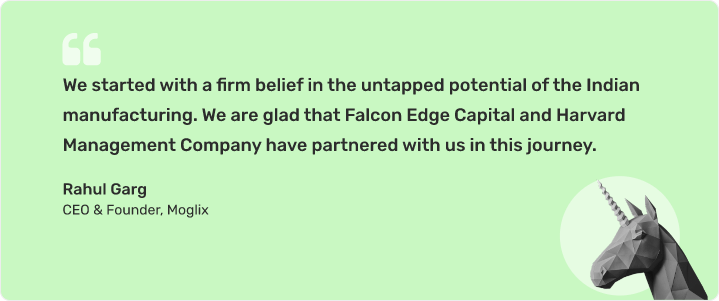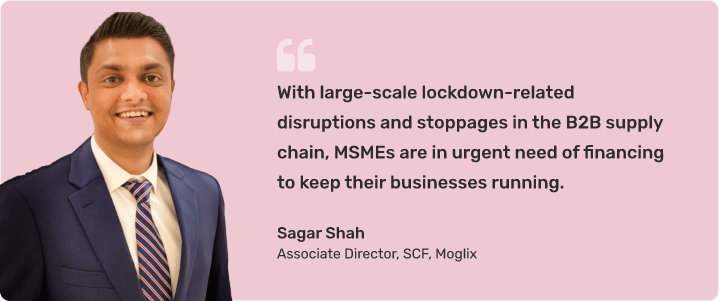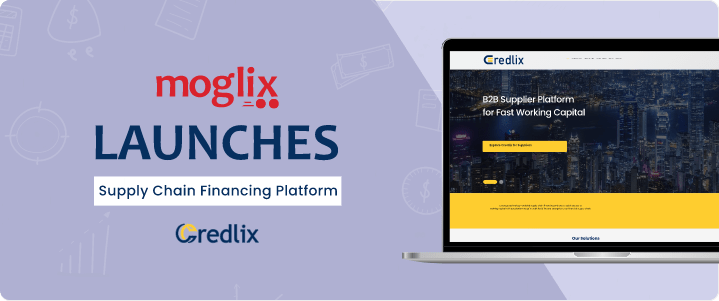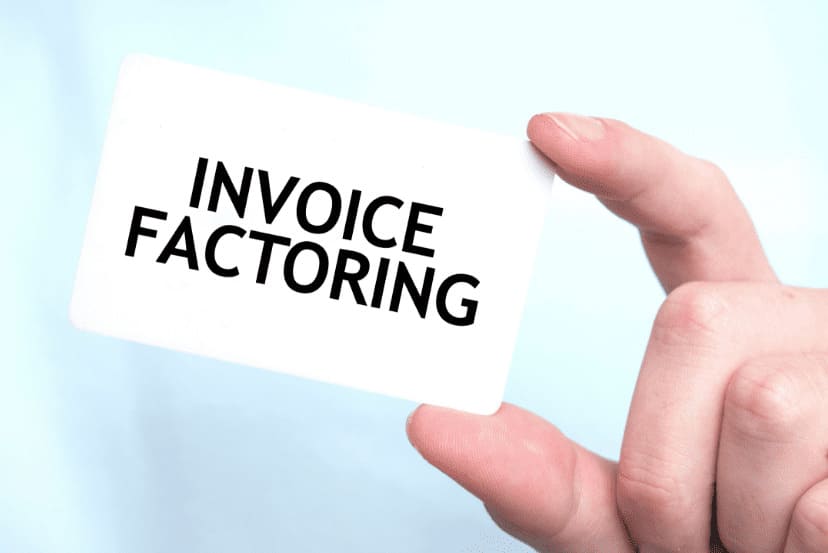
Your office supplies business is flourishing, with a steady stream of sales for stationery, staplers, and printers. However, a challenge has emerged in managing your business finances. The invoicing terms, requiring payment within 60 days, have resulted in some customers delaying payments until the last minute or even paying late.
Despite the high volume of goods sold, the delayed payments are impacting your immediate cash flow, making it challenging to meet timely obligations such as paying your employees.
In the face of this financial hurdle, a potential solution lies in exploring the option of invoice factoring.
What is Invoice Factoring?
Invoice factoring is a financial arrangement where a business sells its outstanding invoices (accounts receivable) to a third-party financial company, known as a factor, at a discount. This provides the business with immediate cash flow, allowing them to meet their short-term financial needs and operational expenses.
Also Read: A Quick Guide on Purchase Order Financing Vs. Invoice Factoring
Understanding the Mechanics of Invoice Factoring
Invoice factoring is a financial strategy employed by businesses to enhance their cash flow and address immediate financial needs. This process involves selling outstanding invoices to a third-party financial entity, commonly known as a factor. The fundamental steps of how invoice factoring works are as follows:
Generating Invoices: A business conducts its usual operations, delivering goods or services to clients and generating invoices that outline the payment terms.
Engaging a Factor: Instead of waiting for the clients to fulfill the payment terms, the business partners with a factor. This financial institution can be a specialized factoring company or a financial service provider.
Selling Invoices: The business sells its outstanding invoices to the factor at a discounted rate. This upfront payment is typically a significant portion of the total invoice value, ranging from 70% to 90%, providing immediate liquidity.
Immediate Cash Advance: Upon purchasing the invoices, the factor advances a substantial percentage of the invoice amount to the business. This injection of cash allows the business to address pressing financial needs, such as meeting payroll or covering operational costs.
Payment Collection: The factor assumes the responsibility of collecting payments from the clients. When the clients fulfill their payment obligations, the factor deducts its fees and any previously advanced funds.
Remaining Balance: After deducting the agreed-upon fees and the initial advance, the factor remits the remaining balance to the business. This marks the completion of the invoice factoring transaction.
Invoice factoring offers several advantages to businesses, including improved cash flow, reduced credit risk, efficient collections, and accessible financing. While it provides immediate financial relief, businesses should be mindful of the associated costs, such as factoring fees and discount rates, when deciding to leverage this financing option.
Also Read: Guide to How Invoice Factoring Works
Advantages and Disadvantages of Invoice Factoring for B2B Businesses
Go through some of the advantages and disadvantages of invoice factoring for B2B businesses:
Advantages of Invoice Factoring for B2B Businesses:
Improved Cash Flow: Invoice factoring provides immediate access to cash, allowing businesses to address short-term financial needs, invest in growth, or seize new opportunities.
Reduced Credit Risk: Factoring companies often assume the responsibility of collecting payments from customers. This helps businesses mitigate the risk of late or non-payment, enhancing financial stability.
Efficient Collections: Outsourcing the collection process to the factor saves businesses time and resources. Factors are experienced in efficient debt collection, freeing up internal resources for other critical tasks.
Accessible Financing: Invoice factoring can be more accessible than traditional loans, making it a viable option for businesses with limited credit history or those facing challenges in obtaining conventional financing.
Flexibility: Factoring arrangements are often more flexible than traditional loans, allowing businesses to factor only specific invoices or tailor agreements based on their unique needs.
Quick Approval and Funding: Factoring transactions typically have a faster approval and funding process compared to traditional loans, providing businesses with rapid access to much-needed capital.
Disadvantages of Invoice Factoring for B2B Businesses:
Costs: Factoring comes with fees and discount rates, which can be higher than traditional loan interest rates. Businesses need to carefully assess these costs to determine the overall impact on their finances.
Customer Relationships: Some businesses may be uncomfortable with a third party, the factor, interacting with their customers for payment collection. This potential interference could strain customer relationships.
Selectivity of Invoices: Factors may be selective about the invoices they accept, considering factors such as the creditworthiness of the business’s customers. This selectivity may limit the number of invoices eligible for factoring.
Impact on Profit Margins: The discount applied to the invoice amount can impact profit margins. Businesses should weigh this against the immediate cash flow benefits to ensure it aligns with their financial goals.
Long-Term Costs: While invoice factoring can address short-term cash flow challenges, relying on it extensively over the long term can accumulate higher costs compared to other financing options.
Dependency: Businesses relying heavily on invoice factoring may become dependent on this financing method, limiting their ability to explore alternative financial strategies.
Distinctions Between Invoice Factoring and Invoice Financing
Invoice factoring and invoice financing are financial strategies that leverage unpaid invoices to access immediate cash. While both fall under the umbrella of invoice financing, they can be distinguished by their specific methods.
Invoice financing is a broad term encompassing various approaches that use outstanding invoices to secure cash. Specifically, it often refers to using invoices as collateral to obtain loans. On the other hand, invoice factoring is a subset of this practice and involves selling invoices outright to a specialized factoring company in exchange for immediate cash.
In essence, while invoice financing serves as the overarching category, invoice factoring represents a distinct process within this realm, emphasizing the direct sale of invoices to facilitate quick access to funds.
Let’s understand further:
Uses:
Common Ground
Both invoice financing and factoring are ways for businesses to unlock value from unpaid invoices, addressing cash flow needs.
Set Them Apart
Invoice factoring involves selling invoices outright for quick cash, with a third party handling collections. In contrast, invoice financing lets businesses retain ownership of invoices while using them as collateral for a loan, keeping them in charge of collecting payments.
Customer Relationship:
Common Ground
In both invoice factoring and financing, customers share the responsibility of settling their bills promptly.
Set Them Apart
Invoice factoring introduces a change as a factoring company takes over payment collection, potentially altering the business-customer relationship. On the other hand, with invoice financing, business owners remain responsible for pursuing payments from clients, maintaining a direct relationship with them.
Credit Qualification:
Common Ground
Both invoice factoring and financing hinge on businesses meeting specific eligibility requirements.
Set Them Apart
Factoring eases the process by assessing the creditworthiness of a business’s customers, offering accessibility, especially for newer businesses building credit. On the flip side, financing typically involves a more in-depth evaluation of the business’s credit, making it a potentially more demanding qualification process.
Fees:
Common Ground
Whether opting for a factoring company or an invoice financing company, businesses will encounter fees in both scenarios.
Set Them Apart
Here, the paths diverge. Invoice factoring tends to be pricier compared to invoice financing. The added expense in factoring is attributed to the factoring company investing time and effort into actively pursuing and collecting payments on the invoices. In contrast, invoice financing, while not exempt from fees, doesn’t bear the same level of cost as it doesn’t involve the intensive process of chasing down outstanding invoices.
Credlix: Elevating Businesses with Premier Invoice Factoring Solutions
Introducing Credlix! Your trusted destination for optimal invoice factoring solutions. Credlix empowers businesses facing financial constraints to efficiently unlock their cash flow, propelling them toward growth and success. Through the integration of cutting-edge technology and industry expertise, Credlix orchestrates a streamlined process, delivering competitive rates and personalized solutions for a seamless financial experience.
Final Words
In conclusion, invoice factoring and financing offer distinct pathways for businesses to navigate cash flow challenges. While both strategies share common goals, their methods, costs, and impacts vary. Invoice factoring provides immediate relief by selling invoices outright, with a third party handling collections. On the other hand, invoice financing allows businesses to retain ownership of invoices, using them as collateral for loans. The choice between them hinges on factors like cost considerations, customer relationships, and long-term financial goals. Understanding these differences empowers businesses to make informed decisions tailored to their unique needs, ensuring sustained financial health and growth.
Also Read: What’s the Difference Between Invoice Discounting and Invoice Factoring?















